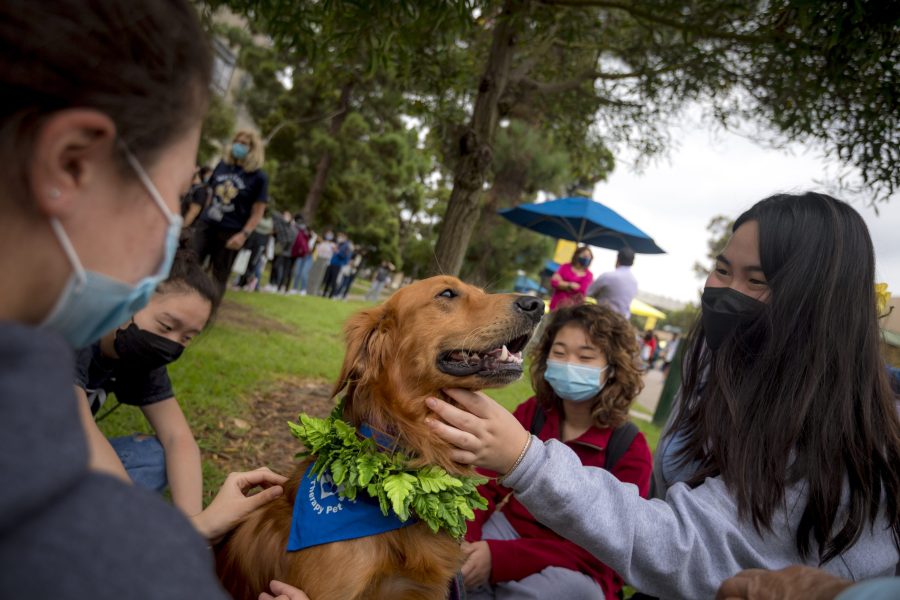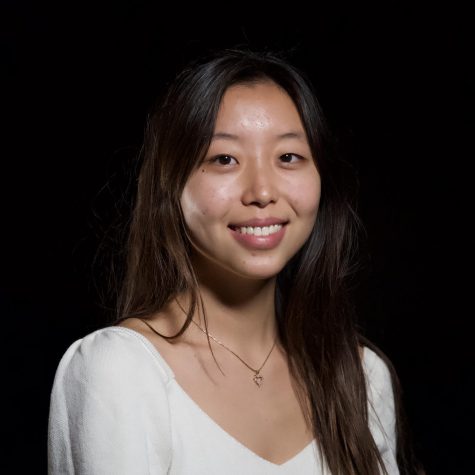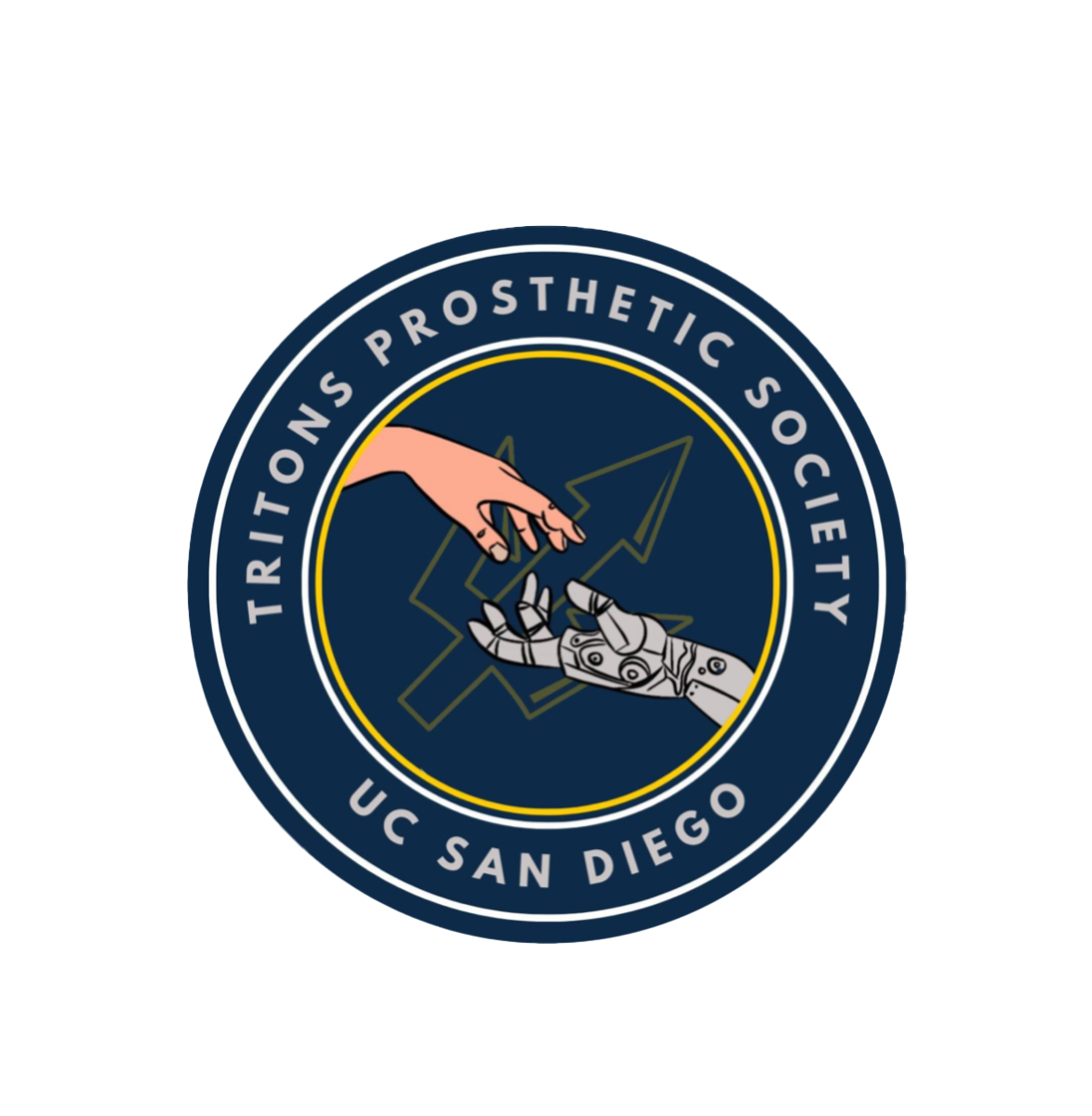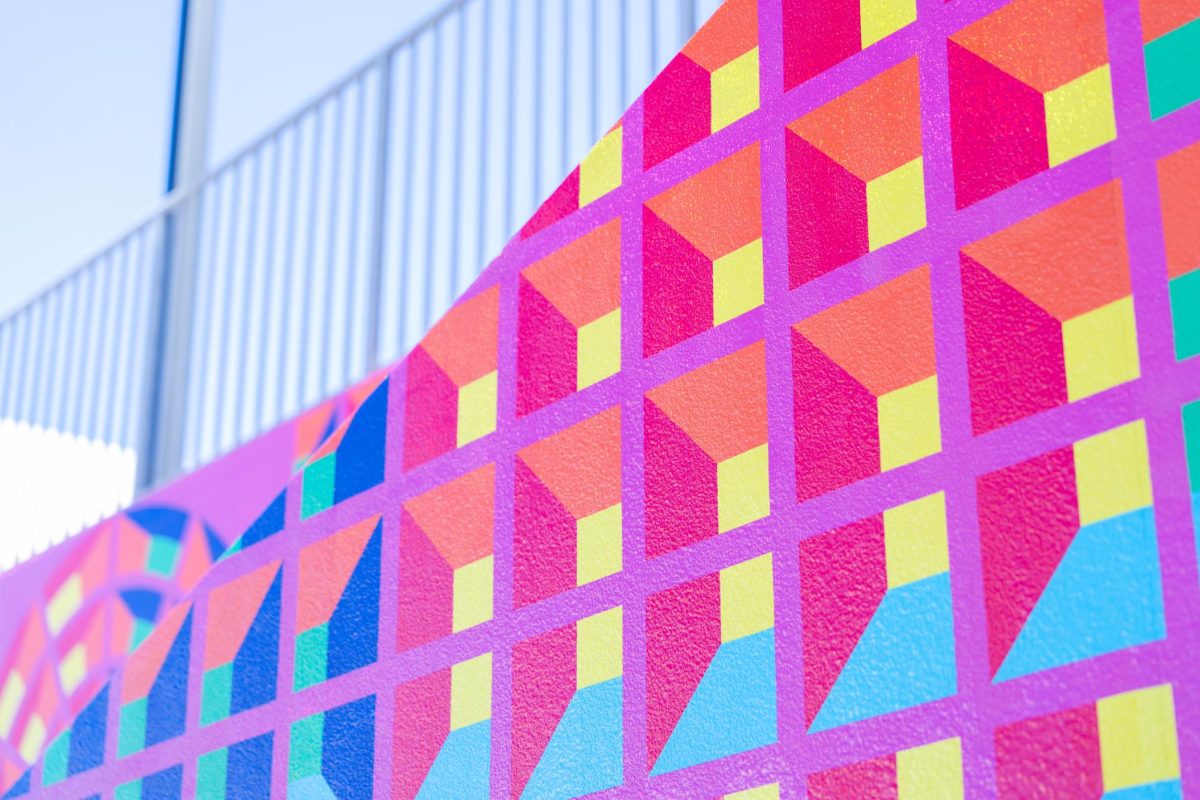There are opportunities to better one’s well-being and mental health all over campus, but sometimes they’re not well-known to the student population.
The modestly-sized lounge has been around for a decade. It sits in the most conspicuous of locations on the UC San Diego campus, though it can easily be skipped in comparison to the nearby grand Price Center Theater and vibrant eateries. Sometimes, students are nestled on the ergonomic chairs inside for a serene escape in the early morning and at other times, the environment inside is buzzing with crafts. The Zone is often dubbed as the well-being lounge located “right next to Jamba Juice in the Price Center.” Still, it consistently stands on its own, only unseen to those who may not have heard about it.
The Zone showcases another facet of the one-size-doesn’t-fit-all approach of many well-being and mental health programs or services: a communal one. There are facilitators to guide the programming or events that take place inside and outside of the lounge. But the Zone’s emphasis is on the UC San Diego student community coming together through shared interests — or even a simple desire to have a comfortable place to nap in peace.
The Zone wholly relies on activities students on campus want to see.
Laura Ross is an educator at heart. She has taught at other institutions as a professor. But she is also a Peer Health Coordinator and Coordinator of the Zone under Health Promotion Services.
With the COVID-19 pandemic — which closed the Zone for a couple of years — and its lingering effects of the Omicron variant beginning in January 2022, the Zone has undoubtedly undergone changes. Ross joined the Zone nine months ago with a goal to bring forth more programming. Around the time she came, she optimistically called the time a chance for regrowth or a “2.0 upgrade.”
Ross reminisced on how a graduating student asked her to sign their journal — a makeshift yearbook — at the end of Spring Quarter. Ross called this frequenter of the lounge a “friend of the Zone.” Ross strives to make students feel at home. She calls those around her by their name and never quite forgets any of the faces that come to the Zone. Perhaps, then, it isn’t surprising that she deems working with students the most rewarding part of working in the small lounge.
In fact, Ross sees “friends of the Zone” as regulars. They come once a week or even once a day. Some relax while others study. She recalls that the regulars included a group of three who would attend every painting event. Others go on to become Well-Being Peer Educators, do training, and end up joining the leadership team.
While Ross works from Mondays to Fridays, she acknowledges that her role is as spontaneous as the programming of the Zone. Ultimately, she helps with peer coordinating.
There are four departments at UCSD for health and mental health: Counseling and Psychological Services (CAPS), the Student Health Clinic, Health Promotion Services (which Ross is a part of), and the Administration that keeps all departments running. These four pillars are underneath an umbrella. The umbrella is composed of the Student Health and Well-Being Cluster that holds more than 175 people. The whole cluster focuses on eight dimensions of the Substance Abuse and Mental Health Services Administration (SAMHSA). The eight dimensions include: emotional, environmental, financial, intellectual, social, physical, spiritual, and occupational.
These dimensions offer immense flexibility in the Zone events, from a 15-minute guided meditation for Finals Week to craft hours. For instance, there was crocheting, an idea that was brought forth and produced through a campus club called STITCH. Some of the most popular events have been painting events — times when students could take their little art pieces home. Sometimes, organizations reach out to the Zone and other times, it’s vice versa.
The Zone has even collaborated with the Craft Center in Sixth College that focuses on activities like woodworking, glassblowing, and jewelry making — many of which are free.
In fact, events vary from collaborating with psychologists to meditations through CAPS. There are even events with CalFresh, along with UCSD Recreation’s yoga sessions. These events occur from Week 1 through Finals Week, and are all offered through Health Promotion Services.
After students participate in an event, they finish a program evaluation survey that is analyzed over the summer–this ultimately helps justify the programming that takes place at the Zone.
Ross looks ahead at next year with optimism. There are 10-15 hours of programming a week now but 30 hours anticipated for next year.
However, the Therapy Fluffies program might just be the biggest event. Contrary to what some students think, the therapy dogs don’t live in the Zone. Through a volunteer program outside of UCSD that the school just covers parking for, a few dogs come by once a month to help set students’ minds at ease. They’re found either outside the Zone or alongside Library Walk, the latter of which attracts more attention. As of now, over 1,200 students participate in the event. Next year, depending on the budget, the dogs may come by more often.
“I love dogs,” Ross said. “They’re my favorite. And I really like seeing students volunteer for the Zone. It’s really satisfying. They’re developing this skill set they can use for jobs.”
After all, Ross can’t be a one-woman show. Running the Zone is just a part of her responsibility.
There are four to six undergraduate students and a graduate student who help with the Zone. They help run all programming and marketing. As of early June, Ross is in the midst of hiring more students to help around and further market the Zone to other students. As of now, the Student Health and Well-Being cluster sends newsletters to all students on Monday mornings to market events.
Ross’ role is to oversee all 50 Well-Being Peer Educators as they will become part of one of four focus teams: Alcohol, Tobacco, and Other Drugs; Mental Health; Sexual Health/Healthy Relationships; and the Zone. For the Zone, too, a well-being educator can also have a range of duties such as tabling, facilitating presentations, and creating things such as Zone buttons.
There is little commonality between the educators besides that they’re all UCSD students with a passion to serve and learn — something Ross states as a willingness to exit their comfort zone and learn to be uncomfortable in a safe place.
Students have some input to offer as well. The Zone space is composed of sustainable products — the floor and cabinets are bamboo. The lounge is LEED certified. These implemented pieces were the result of students’ wishes to see more environmental sustainability. Getting a Smart TV is another thing on the “wishlist” as it could help with continual programming in the background for presentations and workshops. In other words, a Bob Ross painting video could play in the background of a painting event. For now, the Zone does have music inside of the lounge as well as recent improvements such as chargers.
During the summer, the Zone will be open for Summer Session 1 on Tuesdays, Wednesdays and Thursdays from 10 a.m.-4:30 p.m. Events and presentations will continue to be pilot-tested, along with many arts and crafts activities.
Ross emphasizes that the Zone is a service to students — not a club or an organization. The Zone covers every aspect of student life holistically and always strives to be a welcoming well-being lounge.
“It’s not what I want. It’s what students want. What do your friends want?” Ross told The UCSD Guardian.
Image Courtesy of Erik Jepsen/University Communications
















Spackle • Sep 1, 2022 at 8:08 pm
Your intention to help with those mental health issues is truly inspiring. Keep it up!
Pleasantville NJ sunsetter awnings • Aug 15, 2022 at 4:14 am
Perhaps, then, it isn’t surprising that she deems working with students the most rewarding part of working in the small lounge.
posterdle • Aug 15, 2022 at 12:25 am
The zone is defined as the optimal mental state for executing any given task. The zone is characterized by intense focus without distraction.
flagle • Aug 15, 2022 at 12:25 am
To get into the zone, all you need to do is find a quiet, comfortable place to sit, close your eyes and focus on what you’re trying to achieve.
framed game • Aug 10, 2022 at 9:50 pm
The zone is a state of complete focus and concentration that you reach when you’re deeply immersed in an activity. This can be anything from intense exercise to writing.
among us • Aug 10, 2022 at 9:50 pm
For many people, the key to reaching peak performance is being consistently in the zone – a place where you’re fully present, engaged and focused on your work. If you can achieve this, it will allow you to give your best effort and deliver results.
Nicole Manley • Jul 15, 2022 at 6:58 pm
I hadn’t really heard of the Zone before. This was so helpful and encouraging! I’ll be sure to check it out.
io games • Jul 12, 2022 at 1:52 am
very good post, thank you for sharing useful information, keep posting.
Aaron sSchroeder • Jun 28, 2022 at 2:30 am
Try to use these source of inspiration https://reviewexpert.com may be it help you. Thanx.
Amadaliseo • Jun 21, 2022 at 11:45 pm
Hello Sir,
What is guest post price in this site =https://ucsdguardian.org/
I am waiting for your reply
Thanks..